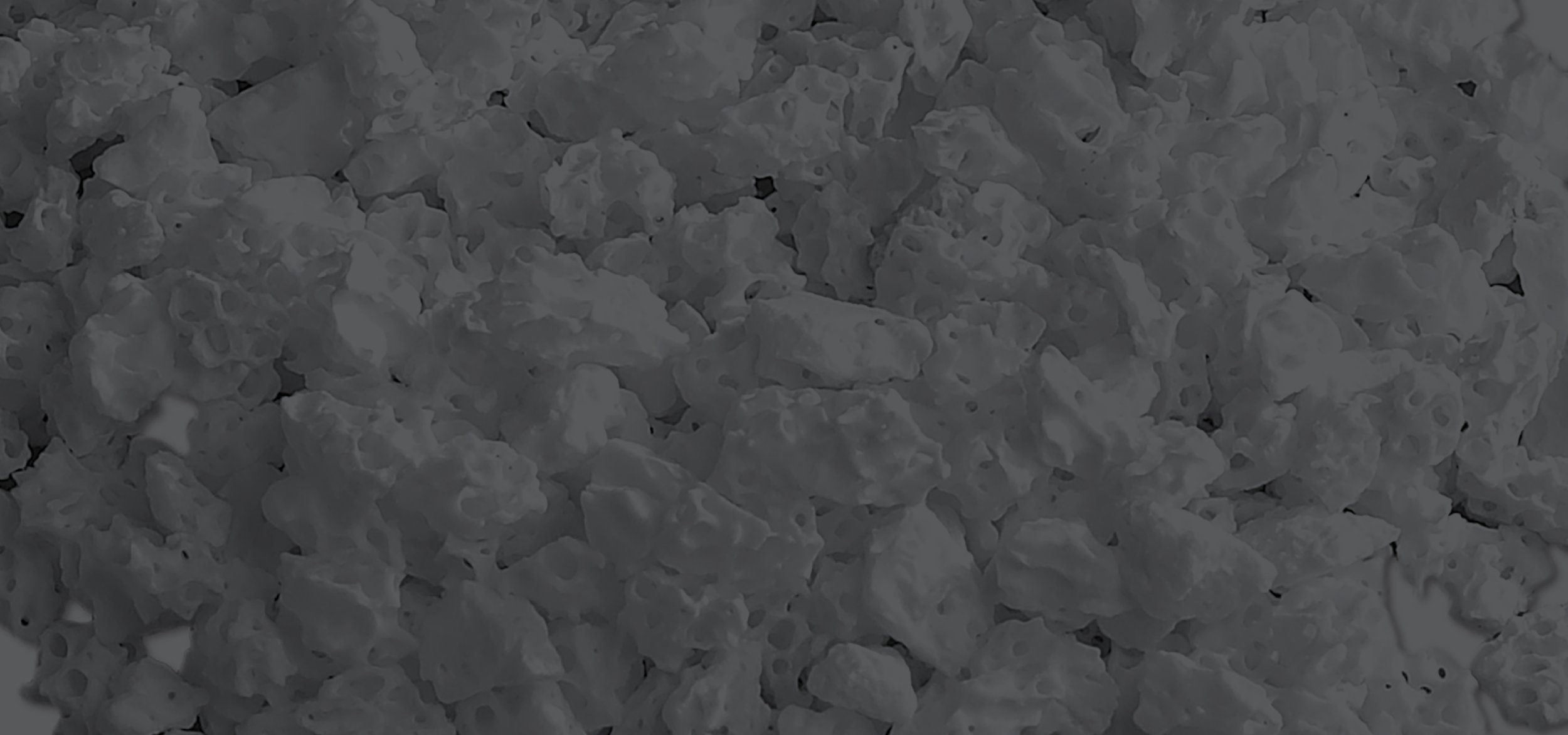
Bioactive Synthetic Bone Graft
Product Features
2 for 1 versatility—Upon hydration, the strip conformation can be used in its original shape or optionally molded into alternative shapes to address the unique contours of each defect
45S5 Bioactive Glass in an ideal particle range and optimized ratio² ³ ⁴
Carbonate Apatite provides resorption profile similar to human bone¹
Uniform particle distribution - almost 2x more absorbent than Vitoss Bioactive Foam¹
Can be used with autograft as a bone graft extender
Moldable, flexible, absorbent, resists migration upon irrigation
-
Moldable Strips: 5cc, 10cc, 20cc, and 40cc
Moldable Pucks: 7cc and 14cc
A Perfect Trio
Moldable Advantage
[2] Oonishi, H., Kushitani, S., Yasukawa, E., Iwaki, H., Hench, L.L., Wilson, J., Tsuji, E., Sugihara, T. (1997). Particulate Bioglass Compared With Hydroxyapatite as a Bone Graft Substitute. Clinical OrthoPaedics and Related Research, 334, 316-325, Lippincott-Raven Publishers, Philadelphia, PA.
[3] Schepers, E.J.G., Ducheyne, P. (1997). Bioactive glass particles of narrow size range for the treatment of oral bone defects: a 1-24 month experiment with several materials and particle sizes and size ranges. Journal of Oral Rehabilitation, 24, 171-181.
[4] Lindfors, N. C., Koski, I., Heikkilä, J. T., Mattila, K. and Aho, A. J. (2010), A prospective randomized 14‐year follow‐up study of bioactive glass and autogenous bone as bone graft substitutes in benign bone tumors. J. Biomed. Mater. Res., 94B, 157-164. doi:10.1002/jbm.b.31636








